- Добавил: literator
- Дата: 12-02-2023, 16:36
- Комментариев: 0
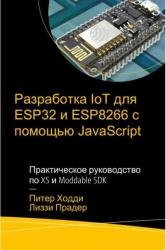 Название: Разработка IoT для ESP32 и ESP8266 с помощью jаvascript: Практическое руководство по XS и Moddable SDK
Название: Разработка IoT для ESP32 и ESP8266 с помощью jаvascript: Практическое руководство по XS и Moddable SDKАвтор: П.Ходди, Л.Прадер
Издательство: Самиздат
Год: 2020
Страниц: 607
Язык: русский
Формат: pdf
Размер: 18.3 MB
Здесь представлен перевод книги Р .Hoddie, L. Prader - IoT Development for ESP32 and ESP8266 with jаvascript - 2020. Эта книга представляет собой практическое руководство по написанию программ для продуктов IoT. Каждая глава заполнена компактными, сфокусированными примерами, на которых вы можете учиться, изучать, запускать и изменять. Когда вы прочтете эту книгу, вы будете знать основы создания сложных продуктов IoT на недорогом оборудовании с использованием современного jаvascript.

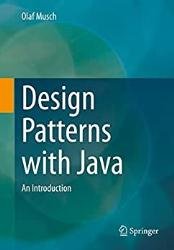 Название: Design Patterns with Java: An Introduction
Название: Design Patterns with Java: An Introduction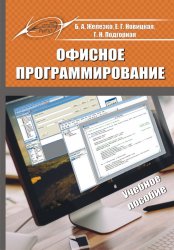
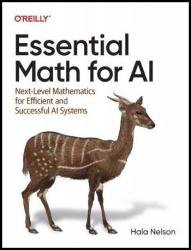 Название: Essential Math for AI: Next-Level Mathematics for Efficient and Successful AI Systems (Final Release)
Название: Essential Math for AI: Next-Level Mathematics for Efficient and Successful AI Systems (Final Release)
 Название: Guide to Java: A Concise Introduction to Programming (2nd Edition)
Название: Guide to Java: A Concise Introduction to Programming (2nd Edition) Название: The Rules of Programming: How to Write Better Code, First Edition (Final Release)
Название: The Rules of Programming: How to Write Better Code, First Edition (Final Release)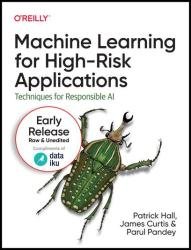 Название: Machine Learning for High-Risk Applications: Techniques for Responsible AI (11th Early Release)
Название: Machine Learning for High-Risk Applications: Techniques for Responsible AI (11th Early Release) Название: Explainable AI Recipes: Implement Solutions to Model Explainability and Interpretability with Python
Название: Explainable AI Recipes: Implement Solutions to Model Explainability and Interpretability with Python